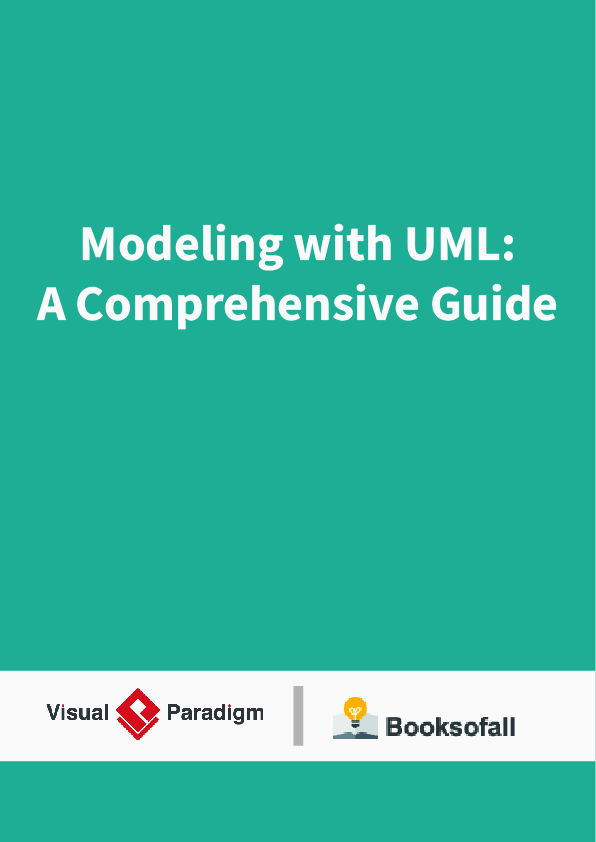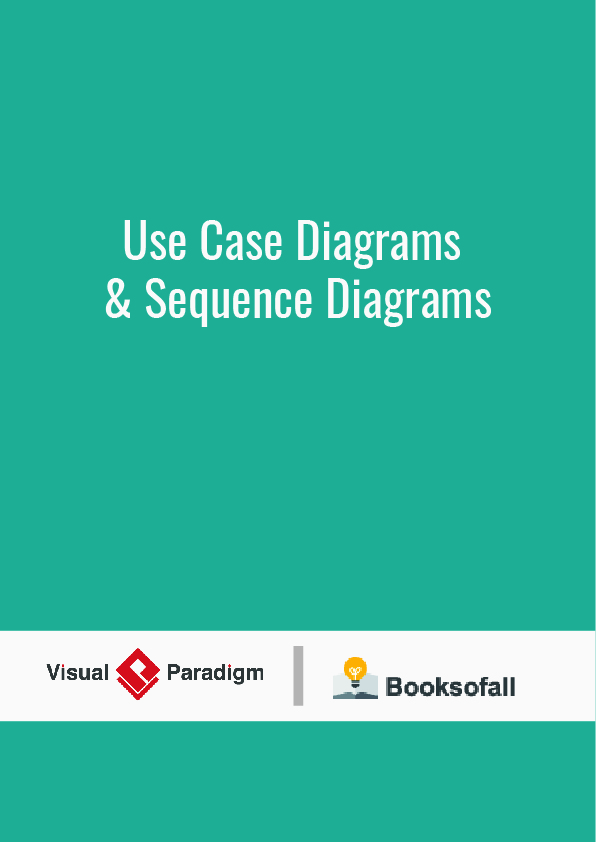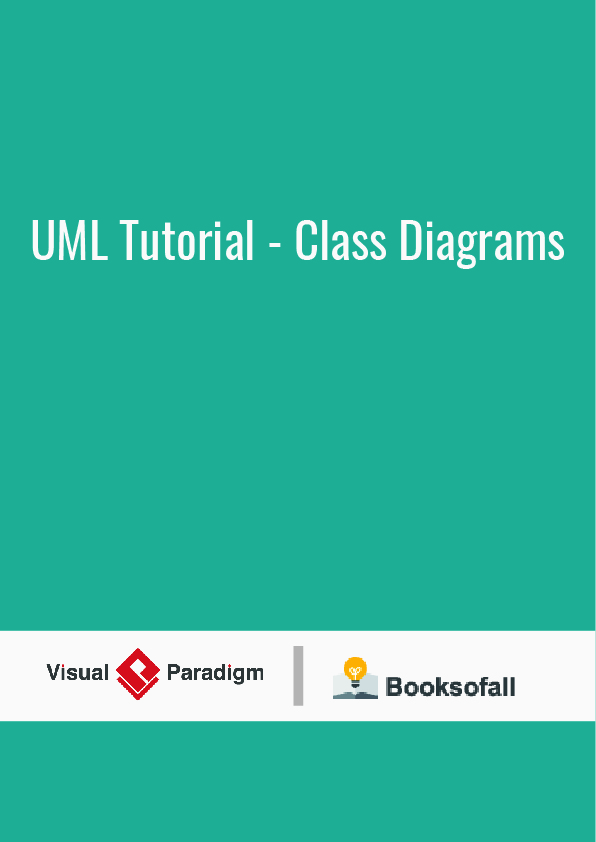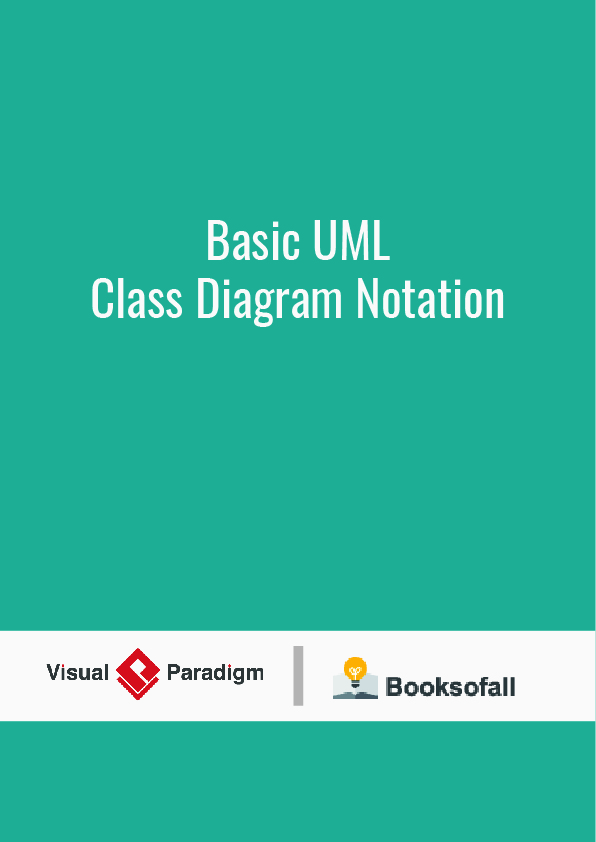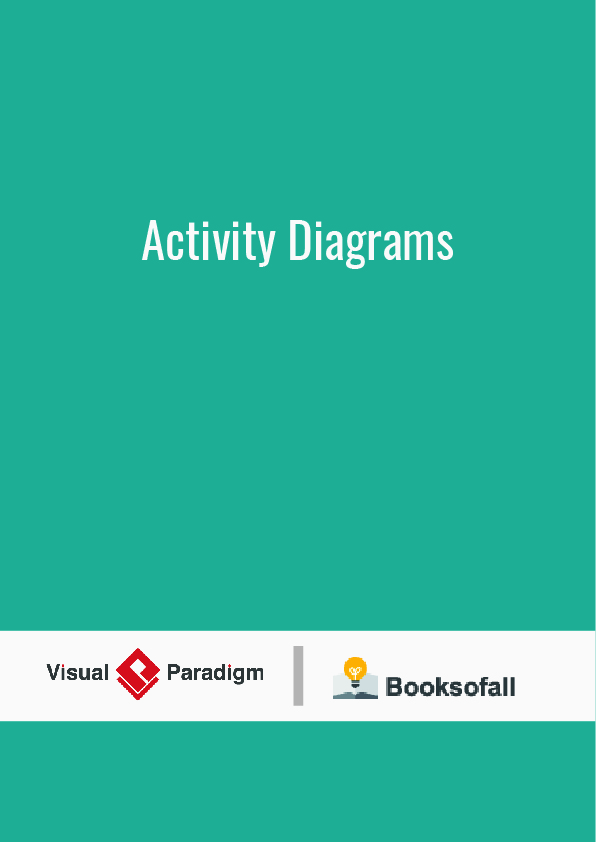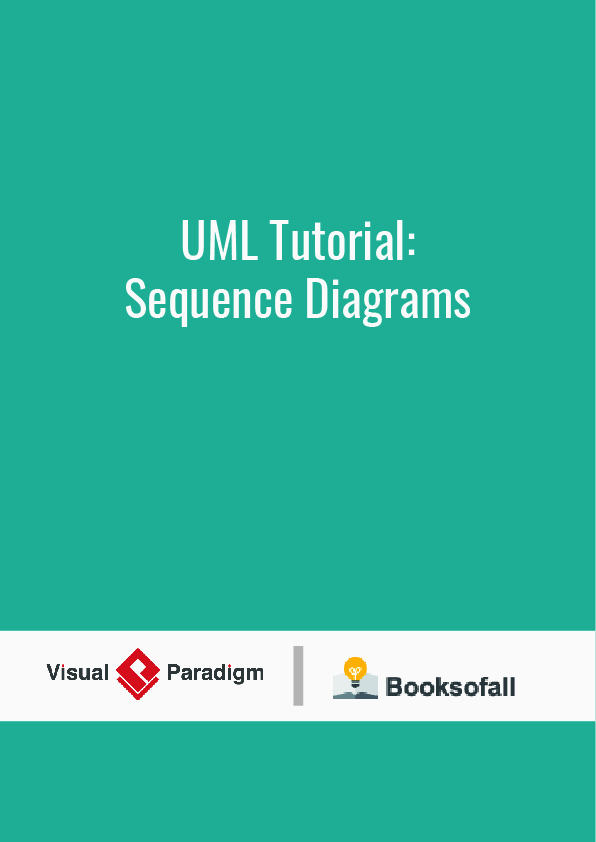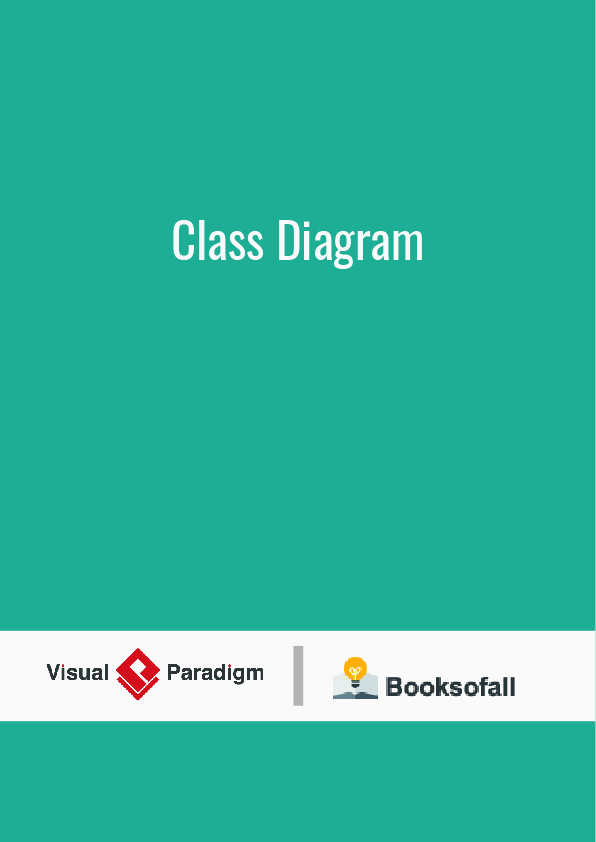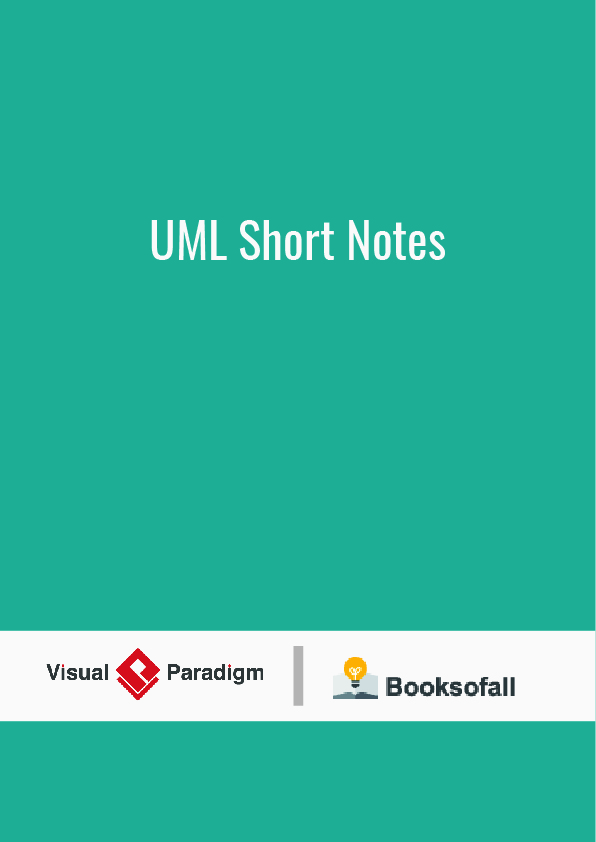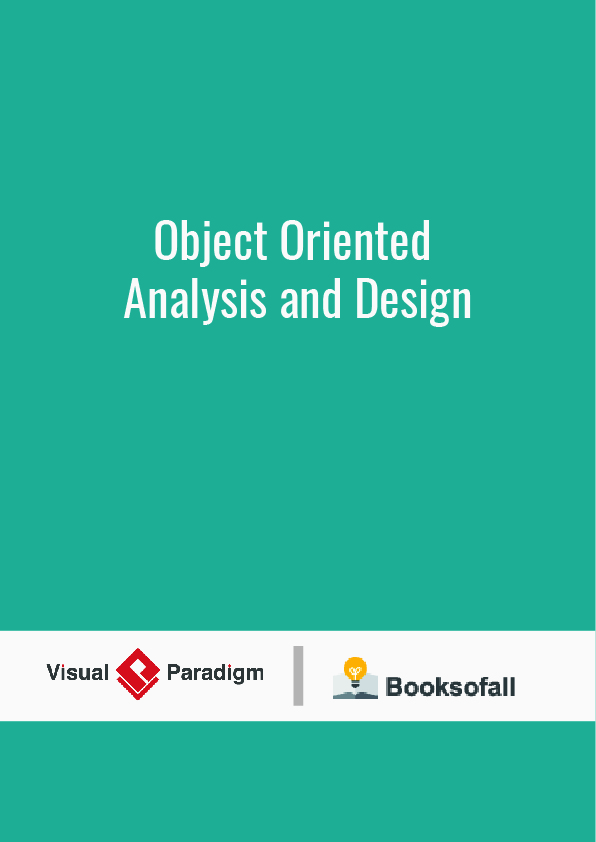Modeling with UML
Notations enable us to articulate complex ideas succinctly and precisely. In projects involving many participants, often of different technical and cultural backgrounds, accuracy and clarity are critical as the cost of miscommunication increases rapidly.
For a notation to enable accurate communication, it must come with a well-defined semantics, it must be well suited for representing a given aspect of a system, and it must be well understood among project participants. In the latter lies the strength of standards and conventions: when a notation is used by a large number of participants, there is little room for misinterpretation and ambiguity. Conversely, when many dialects of a notation exists, or when a very specialized notation is used, the notation users are prone to misunderstandings as each user imposes its own interpretation. We selected UML (Unified Modeling Language, [OMG, 2009]) as a primary notation for this book because it provides a spectrum of notations for representing different aspects of a system and has been accepted as a standard notation in the industry.
In this chapter, we first describe the concepts of modeling in general and object-oriented modeling in particular. We then describe five fundamental notations of UML that we use throughout the book: use case diagrams, class diagrams, interaction diagrams, state machine diagrams, and activity diagrams. For each of these notations, we describe its basic semantics and provide examples. We revisit these notations in detail in later chapters as we describe the activities that use them. Specialized notations that we use in only one chapter are introduced later, such as UML and deployment diagrams in Chapter 6, System Design: Decomposing the System, and PERT charts in Chapter 14, Project Management.
Introduction
The Unified Modeling Language (UML) is a general-purpose, developmental, modeling language in the field of software engineering that is intended to provide a standard way to visualize the design of a system.
The creation of UML was originally motivated by the desire to standardize the disparate notational systems and approaches to software design. It was developed at Rational Software in 1994–1995, with further development led by them through 1996.
In 1997, UML was adopted as a standard by the Object Management Group (OMG), and has been managed by this organization ever since. In 2005, UML was also published by the International Organization for Standardization (ISO) as an approved ISO standard. Since then the standard has been periodically revised to cover the latest revision of UML. In software engineering, most practitioners do not use UML, but instead produce informal hand drawn diagrams; these diagrams, however, often include elements from UML.
UML is a notation that resulted from the unification of OMT (Object Modeling Technique [Rumbaugh et al., 1991]), Booch [Booch, 1994], and OOSE (Object-Oriented Software Engineering [Jacobson et al., 1992]). UML has also been influenced by other object-oriented notations, such as those introduced by Shlaer and Mellor [Mellor & Shlaer, 1998], Coad and Yourdon [Coad et al., 1995], Wirfs-Brock [Wirfs-Brock et al., 1990], and Martin and Odell [Martin & Odell, 1992].
The goal of UML is to provide a standard notation that can be used by all object-oriented methods and to select and integrate the best elements of precursor notations. For example, UML includes the use case diagrams introduced by OOSE and uses many features of the OMT class diagrams. UML also includes new concepts that were not present in other major methods at the time, such as extension mechanisms and a constraint language. UML has been designed for a broad range of applications. Hence, it provides constructs for a broad range of systems and activities (e.g., distributed systems, analysis, system design, deployment). System development focuses on three different models of the system (see Figure 1-2):
• The functional model, represented in UML with use case diagrams, describes the functionality of the system from the user’s point of view.
• The object model, represented in UML with class diagrams, describes the structure of the system in terms of objects, attributes, associations, and operations. During requirements and analysis, the object model starts as the analysis object model and describes the application concepts relevant to the system. During system design, the object model is refined into the system design object model and includes descriptions of the subsystem interfaces. During object design, the object model is refined into the object design model and includes detailed descriptions of solution objects.
• The dynamic model, represented in UML with interaction diagrams, state machine diagrams, and activity diagrams, describes the internal behavior of the system. Interaction diagrams describe behavior as a sequence of messages exchanged among a set of objects, whereas state machine diagrams describe behavior in terms of states of an individual object and the possible transitions between states. Activity diagrams describe behavior in terms control and data flows. In this chapter, we describe UML diagrams for representing these models. Introducing these notations represents an interesting challenge: understanding the purpose of a notation requires some familiarity with the activities that use it. However, it is necessary to understand the notation before describing the activities. To address this issue, we introduce UML iteratively.
In the next section, we first provide an overview of the five basic notations of UML. In Section 2.3, we introduce the fundamental ideas of modeling. In Section 2.4, we revisit the five basic notations of UML in light of modeling concepts. In subsequent chapters, we discuss these notations in even greater detail when we introduce the activities that use them.
